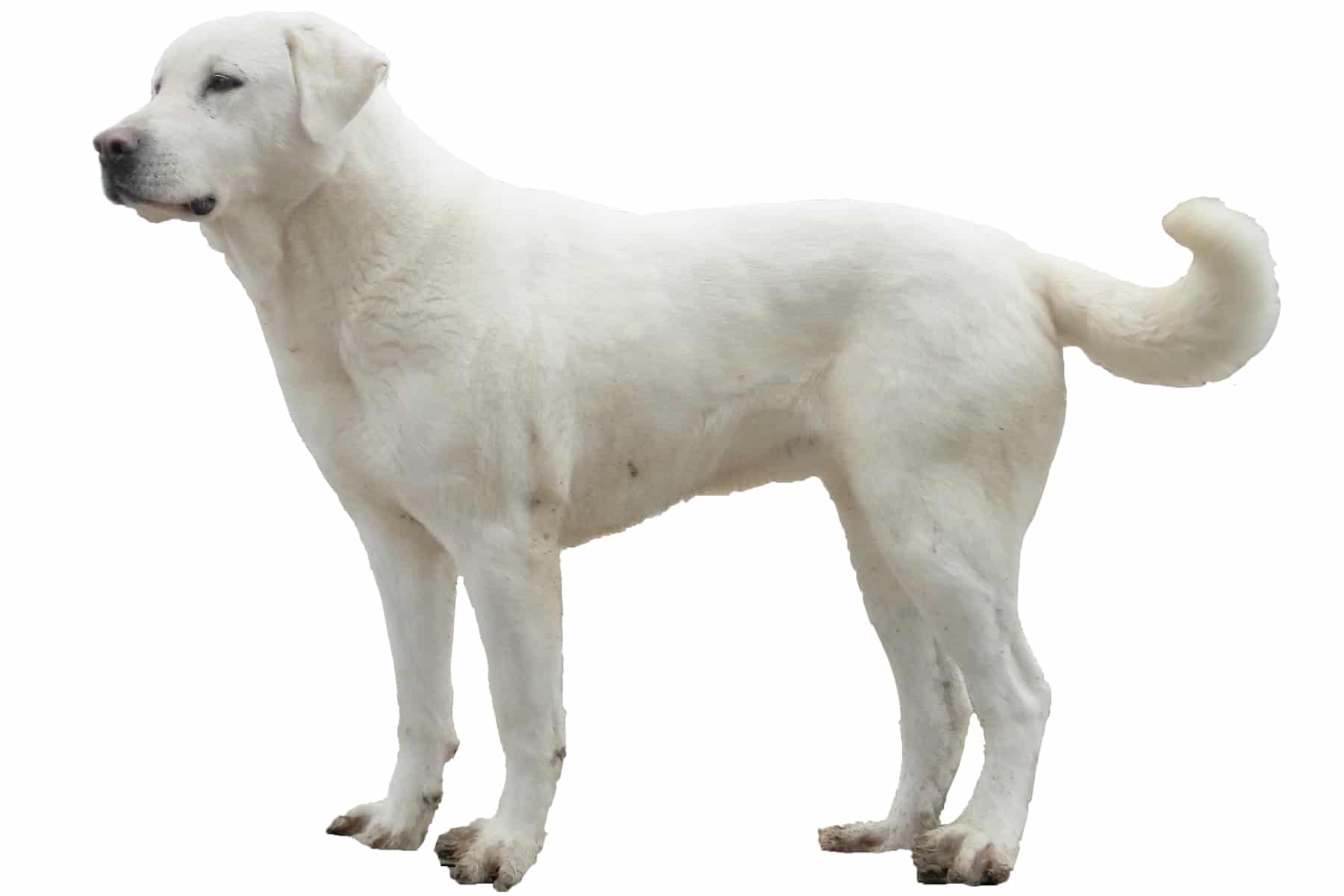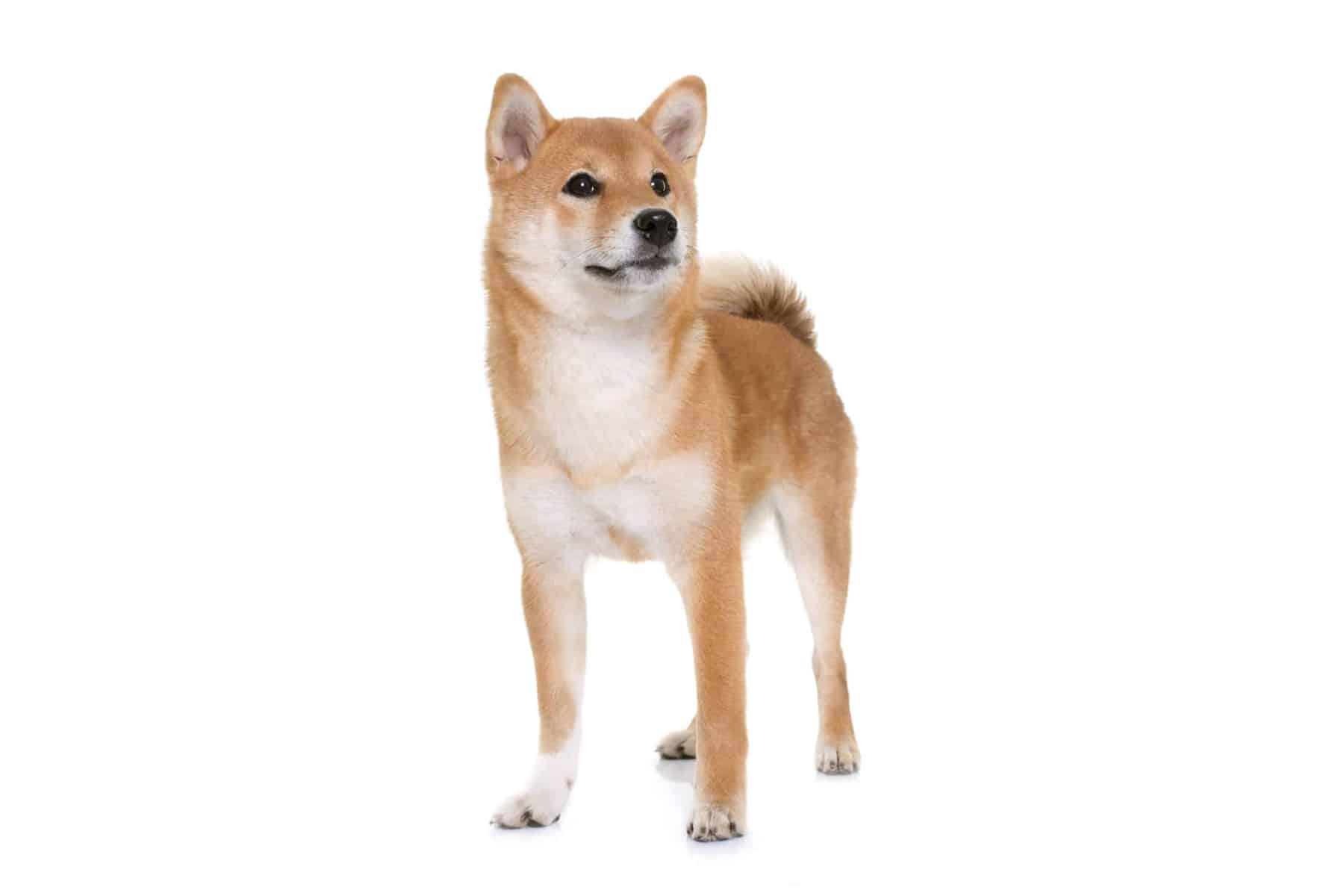Maremmano-Abruzzese Sheepdog

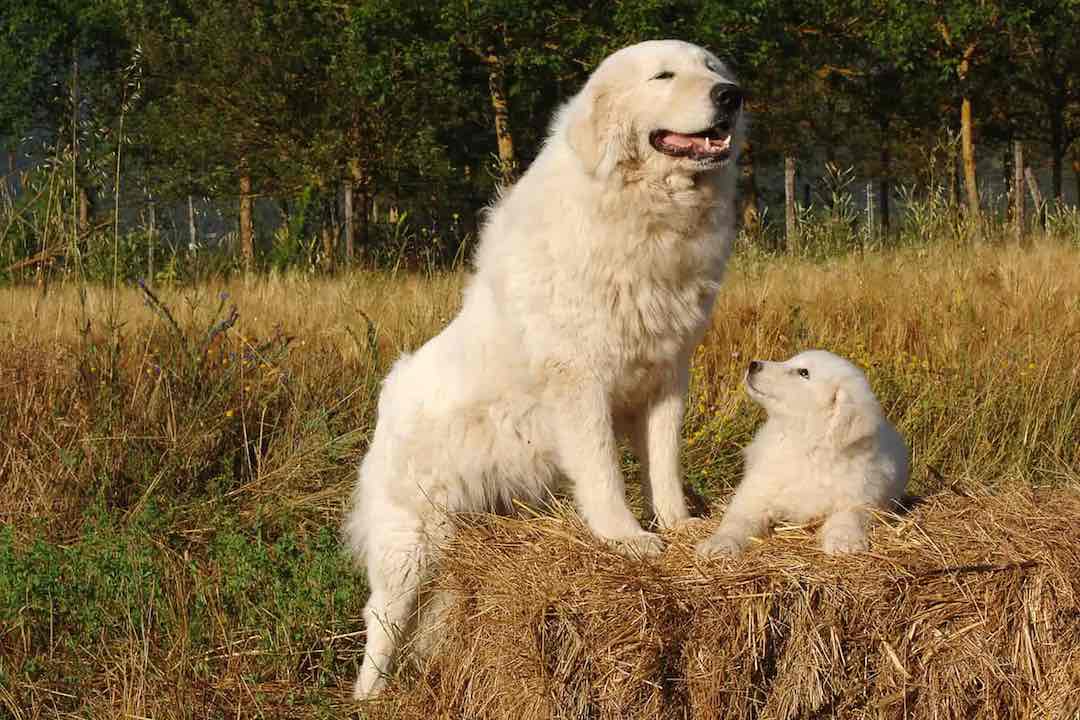

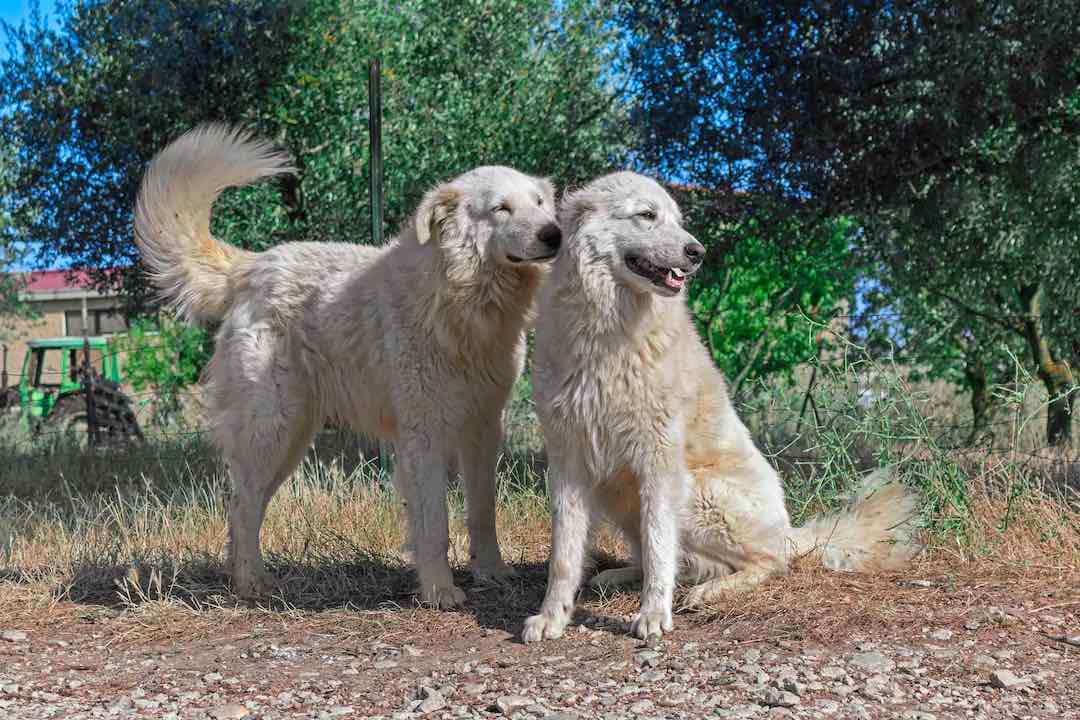

Temperament:
The Maremmano-Abruzzese Sheepdog is a guard dog. It is listed in Group 1, Section 1, FCI No. 201 and is considered a highly specialized guard dog. Its task is to guard and protect herds, which it does independently. It has characteristics that differ significantly from those of many other dog breeds. They need plenty of exercise and meaningful activity. It is definitely not suitable as a city dog.
Characteristics
The shepherds always prefer white dogs. In the event of a wolf attack, the animal cannot be accidentally killed. The breed standard is still white. Slightly lighter shades are tolerated. The hair of the Maremmano-Abruzzese Sheepdog is wavy and long. The head, which resembles a bear with its neck mane, has close-fitting, drooping ears.
The small eyes are set low. Different nose colors are permitted. The lips must be fully pigmented. Males have a shoulder height of 65 to 73 cm in the standard. Bitches are 60 to 68 centimeters high. The strong dogs weigh up to 45 kilograms.
For centuries, shepherds have bred a creature capable of guarding a flock without much instruction. These dogs protect the herd with determination and courage. They have no regard for their own lives. They are self-confident, independent and conscientious.
These dogs can make their own decisions. These character traits are impossible to break from guard dogs. Working dogs are not submissive helpers, they are anarchists. They only follow their owner's commands if they seem logical to them. They are jokingly compared to cats, which have a certain stubbornness.
As the owner of such a dog, you must be patient, consistent and strong. Training can only be done calmly and without violence. Violence will have the opposite effect on this dog. Note that the dog is suspicious of strangers. It does not like to be touched. It also needs a large, individual distance from people. This guard dog is particularly alert at dusk. That is why you should get him used to things he is not yet familiar with during the day.
The Maremmano-Abruzzese Sheepdog does not mature as quickly as other dogs. It exceeds the 18 months specified for other dogs. Up to thirty months of age, the dog may redefine its rank in the pack. The pack can be the owner or the family. He may then show a certain potential for aggression.
These breeds were kept by the Italians as guard dogs and farm dogs. They were allowed a closer bond with the family. As a result, typical character traits were weakened. These were also weakened in breeding.
He developed a character trait that also made him a family dog. This breed is not a cuddly dog. Nor does it flatter, but it is very attached to its owner. This is why it can also be kept as a friend and protector of the children in the family. However, it needs good socialization from an early age and consistent training.
Coat care:
Shedding:
Energy level:
Trainability:
Children suitable:
The right food
When choosing food, make sure that it contains high-quality ingredients, is balanced and meets your dog's requirements. Age, size or weight, activity and health status play an important role. You should follow the manufacturer's recommendations for the amount of food.
Treats should only be fed in moderation and deducted from the basic diet to avoid obesity.
Puppies can be fed 4-6 times a day. The number of meals should be gradually reduced to 2 per day until the dog is fully grown. A rest period should be observed after meals.
Fresh drinking water should be available at all times.
Health & Care
Your dog's long, heavy and thick coat needs to be brushed daily. Matted fur can lead to eczema. Matted fur can also lead to heat build-up. Your dog will suffer from this. Check the pads on the paws regularly. Sometimes the fur grows out between the pads and needs to be trimmed.
As a rule, the Maremmano-Abruzzese Sheepdog is healthy. However, hereditary eye diseases can occur. Hip joint diseases such as hip joint dysplasia are frequently diagnosed. This can limit mobility. If you want to breed, you should consult your vet. An examination and assessment of your dog's eyes and hips are essential.
Suitable accessories
A normal, wide dog collar is sufficient. The animal should have a dog cushion or a large dog basket for sleeping. A sturdy leather lead is recommended for visits to the vet in the city.
You should have a mild dog shampoo at home for grooming. Only bathe your dog in exceptional cases. As long as it is not full of mud, brushing is sufficient. A special brush for the long coat and a claw nipper are useful.
This breed hardly needs toys. This breed is also not suitable for dog sports. Neither for agility nor for the dog park. This is because this dog is not at all suited to obedience to the word or hand signals. It needs a specific task that suits its nature. He feels comfortable with this. He would wither away in a city apartment. You should spend at least two hours a day with your dog. Plenty of exercise is very important for a healthy, fully-grown dog.
Other things your dog needs are a water and food bowl, tick tweezers, a toothbrush and toothpaste for dogs, a transport box for transportation in the car and a first aid kit. It's best to ask your vet what should be in the first aid kit.
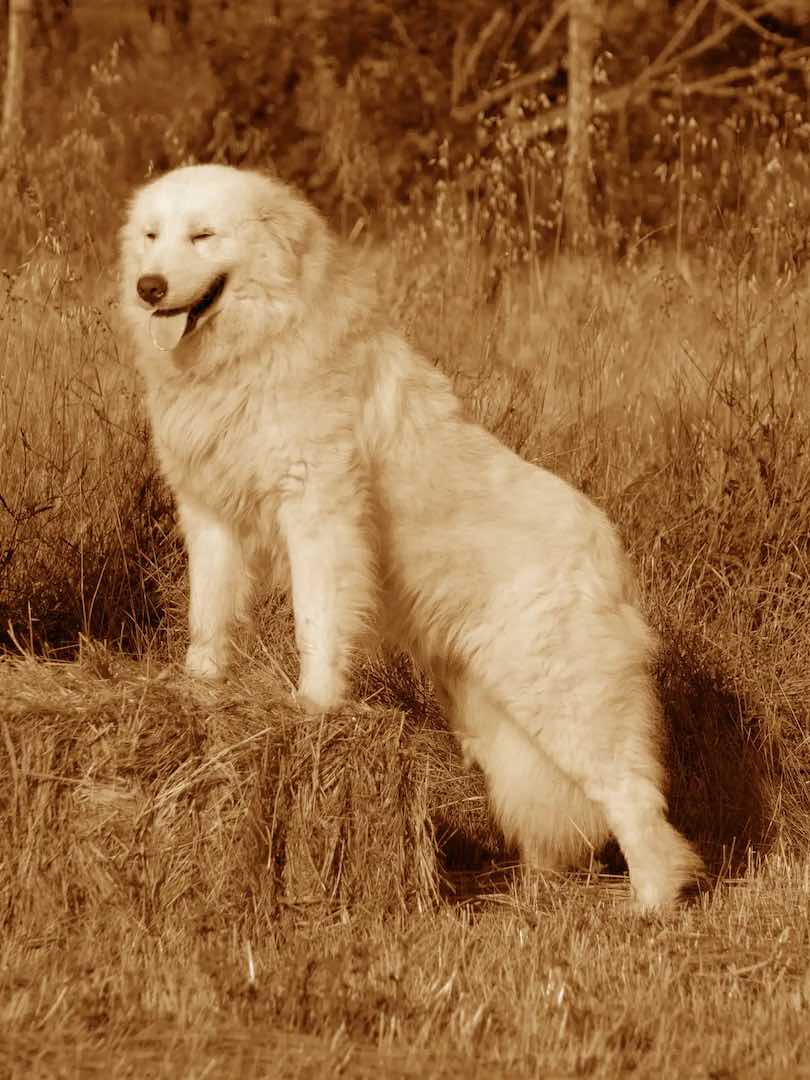
Origin & History
This special shepherd dog takes its name from two Italian regions. The name comes from the Maremma region. About a hundred years ago, this was a swampy area infested with malaria. The second name is derived from the Abruzzo region, whose Apennine Mountains are up to 3000 meters high. In winter, the shepherds retreated with their flocks to the barren coast of southern Tuscany. They often found no more food in the Apennine mountains. For this reason, the white guard dogs were also genetically related to each other.
The origins of these dogs go back almost as far as prehistory. Their ancestors are said to have come from the highlands of Tibet. Around 2000 BC, the nomadic peoples moved inexorably westwards. They were looking for fertile land and brought their herds and dogs with them. These dogs protected the herds. They are considered the ancestors of all guard dogs in the world.
In the following centuries, the nomads reached the Sea of Azov in Ukraine. Two groups formed here. They took different routes. One group followed the route to what is now Western Europe. The second group moved towards the eastern Mediterranean. Over time, not only the people changed, but also the dogs. They took on the characteristics that were necessary for working and protecting the herds.
The three most important dog breeds of antiquity are descended from the Tibetan Molosser. They included the Canis Pastoralis, which accompanied shepherds and protected their flocks. It is not known how the ancestors of livestock guarding dogs came to Italy. It is likely that all nomadic peoples had a white Canis Pastoralis with them. It could only survive under certain environmental conditions - where there were wolves or bears. The two separate breeds were united into one breed in 1950.


